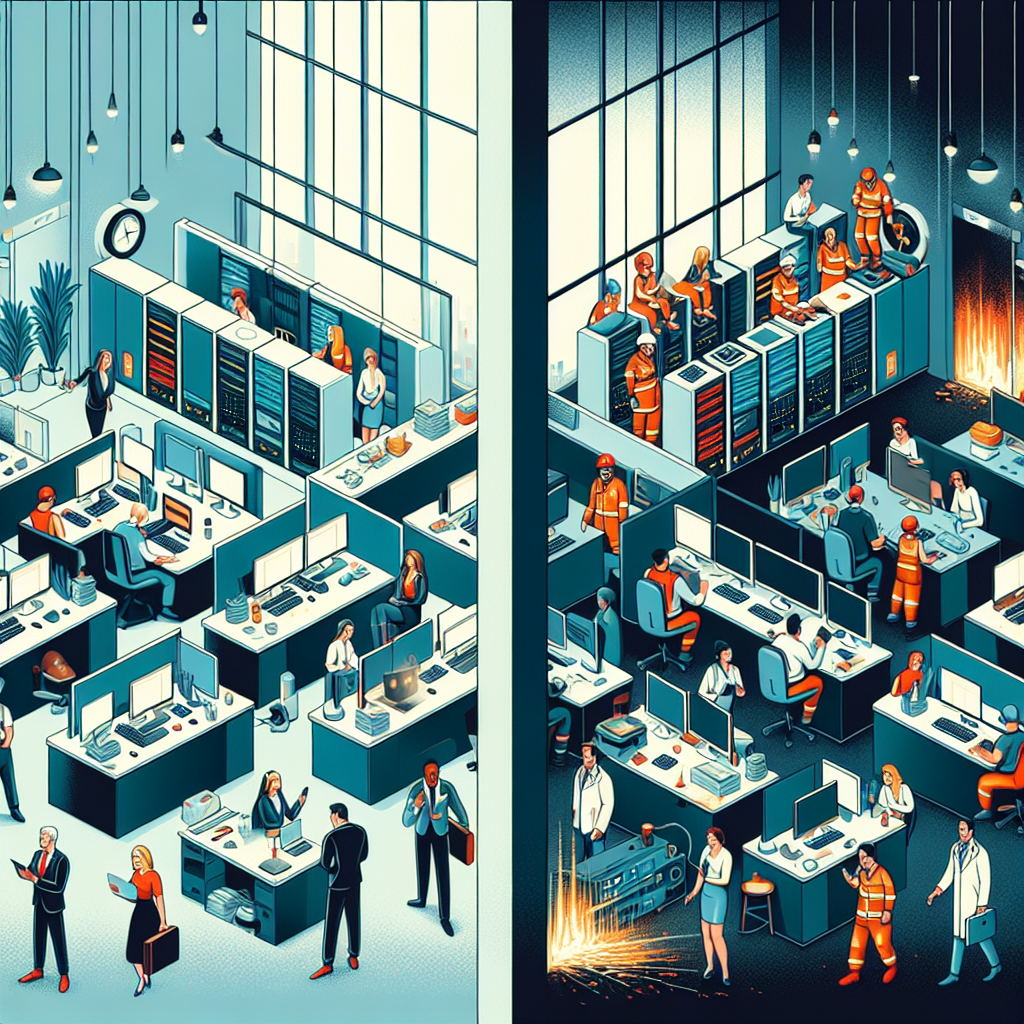In today’s fast-paced and unpredictable business environment, it is crucial for organizations to have robust plans in place to ensure continuity in the face of unexpected disruptions. Two key components of such plans are business continuity and disaster recovery. While these terms are often used interchangeably, they actually refer to distinct processes that serve different purposes. Understanding the difference between the two is essential for effective risk management and ensuring the long-term viability of a business.
Business continuity is a proactive approach to ensuring that critical business functions can continue operating in the event of a disruption. It involves identifying potential threats to the organization, assessing their impact, and developing strategies to mitigate risks and maintain operations. Business continuity plans typically focus on maintaining essential services, protecting the organization’s reputation, and minimizing financial losses during a crisis.
Disaster recovery, on the other hand, is a reactive measure that aims to restore IT systems and data after a disruption has occurred. It involves the implementation of technical solutions and procedures to recover lost or damaged data, restore systems to their previous state, and resume normal operations as quickly as possible. Disaster recovery plans are typically more focused on technical aspects of the business, such as data backup and recovery, and are often part of a broader business continuity strategy.
While business continuity and disaster recovery are distinct processes, they are closely related and work together to ensure the resilience of an organization in the face of adversity. Business continuity planning provides the framework for identifying risks, developing strategies, and implementing preventive measures to minimize the impact of disruptions. Disaster recovery planning, on the other hand, focuses on the technical aspects of recovering from a crisis and restoring operations to normal.
In summary, business continuity and disaster recovery are both essential components of a comprehensive risk management strategy. By understanding the differences between the two and incorporating them into their overall business planning, organizations can better protect themselves from unforeseen events and ensure the continuity of their operations in the face of adversity. Ultimately, investing in business continuity and disaster recovery planning is an investment in the long-term success and sustainability of a business.


Leave a Reply